Commercial mushroom farmers and hobbyists alike use bags as part of their mushroom-growing operation; they are, as the name implies, a bag designed to grow mushrooms in.
Depending on the substrate or growing medium you use, you can utilise bags to cultivate a wide range of mushrooms. Mushroom grow bags come in a variety of sizes and thicknesses. There are even special mushroom bag brands that we like over others.
In this article, we will go through the various types of mushroom growing bags that are available, as well as how to grow mushrooms in bags.
- Why grow mushrooms in bags?
- Different types of growing bags
- How to grow mushrooms in a bag
- Ordering your supplies
- What types and sizes of bags are best?
- Can mushroom growing bags be reused?
- Select your substrate
- Pasteurising your substrate in the growing bag
- Seal the growing bag
- Incubating your mushrooms
- Triggering your mushrooms into fruiting
- Harvesting your mushrooms
Why grow mushrooms in bags?
Inexpensive Materials
Growing mushrooms in bags will help you keep your start-up costs very low, even for large operations. Whether you’re buying in bulk or just purchasing a small number, growing bags will usually only set you back about £0.70 to £2.00 each.
Easy to work with
When you use clear growing bags, it’s easy to observe what’s going on with your substrate. You can keep a careful eye on it while it colonises and be on the lookout for contamination. Especially compared to the alternative opaque buckets, where it’s far more difficult to see when your substrate is fully colonised or if something has gone wrong.
Even when growing mushrooms that are typically grown on logs, using grow bags expedites the process and provides you with significantly more control over the mushroom’s growing environment.
Easy to store
Mushroom bags simply need to be left in a cool location.
Hanging mushroom bags even allow you to cut holes in all sides and have mushrooms grow out in all directions. Compare this to a glass container, where you can only grow upwardly out the top, you will receive a much bigger harvest.
Dual-Use
Mushroom culture bags are made of high-grade polypropylene plastic that can withstand the high temperatures found inside an autoclave.This allows you to fill the bag with mushroom substrate and then heat sterilise it while it’s still inside. Then, under sterile conditions, you just unzip the bag in front of a laminar flow hood to add your mushroom spawn before sealing and incubating.
Different types of growing bags
There are many brands and types, but all good grow bags share certain features. Below we list a few popular features of mushroom growing bags:
- Polypropylene: Grow bags are made of high-temperature-resistant polypropylene plastic. The material is long-lasting, flexible, and transparent enough to make growth monitoring simple. It’s also reasonably inexpensive.
- Gusseted: When not in use, a gusseted bag includes folds in the sides that allow a large, roomy bag to fold flat. The mushrooms don’t care if the grow bags are gusseted or not, but the feature helps farmers stay organised.
- Filter patch: A filter patch is a small section of the bag that permits air to enter through a fine mesh. Because the mesh is so small, airborne germs and spores of undesired fungus species (weeds) cannot pass through. A mushroom grow setup, unlike a vegetable garden, cannot be weeded; weeds must be kept out from the start or the batch must be discarded due to contamination. Mushroom grow bags require filter patches because, while weeds must be kept out, the mycelium has to still be able to breathe.
Autoclavable: The term “autoclavable” simply signifies that the bag can be used safely in an autoclave. Temperature resistance is critical because both the substrate and the inside of the bag must be sanitised prior to inoculation. Sticking the bag and its contents in an autoclave is a convenient sterilising option – most plastic bags would melt in such conditions.
How to grow mushrooms in a bag
Buying one of our mushroom growing kits is one of the easiest ways to grow mushrooms from bags. These kits come pre-packaged with the substrate and spawn. You’ll be an expert in fungi culture in no time!
But if you want to take the leap and learn the process to grow mushrooms in a bag yourself at home, we’ve outlined the steps below.
Ordering your supplies
There are three main supplies you’ll need to grow mushrooms in bags:
- A substrate
- A grow bag
- Mushroom spawn
There are a variety of substrates you can use, but straw pellets are often a fan favourite. This is because they have been pasteurised during the production process, which involves intense pressure and high heat, this means they’re ready to be inoculated straight out of the packet.
It is up to you what mushroom you chose to grow, but one of the best beginner mushrooms is an oyster mushroom, they are one of the fastest-growing edible mushrooms – you will likely have your first harvest 2 to 3 weeks after inoculation!
What types and sizes of bags are best?
Not all mushroom grow bags are the same, but selecting the proper bags for a given mushroom requires focusing on only three variables: filter size, bag size, and bag thickness.
- Thickness: The stronger the bag, the thicker the plastic—but the thicker bags are also more expensive. The typical range is 2.2mm to 4.0mm. Growers can begin with thin and inexpensive bags, and if the bags tear too frequently (a ripped bag is subject to contamination), they can go to something heavier.
- Bag size: There are no hard and fast rules when it comes to bag size. Bags that are too small are wasteful; bags that are too large are inconvenient—but what sizes are too big or too little varies by grower.
- Filter Size: The diameters of filters vary from 0.2mm to 5mm. Less can pass through the smaller the pore size. This results in fewer spores and other impurities, but it also results in less air. The goal is to find a reasonable compromise between the need for air and the necessity for protection. The filter should be no greater than 0.5 micron in size for most applications.
Heat resistance: As mentioned earlier, autoclavable bags are heat resistant. They enable you to pasteurise and grow your mushrooms in the same bag, saving time, money, and effort.
Can mushroom growing bags be reused?
It isn’t recommended to reuse your mushroom growing bags, this is because they need to be cut and sealed at various stages of the growing process.
Select your substrate
Growers work with a range of various substrates. Different mushroom species have different preferences so it’s important to pair your mushrooms with the right substrate for the best results.
We have an entire guide to choosing your mushroom substrate, which you can read here, but for our example, we are using straw pellets.
Pasteurising your substrate in the growing bag
Begin by soaking your straw pellets in cold water. You can use hot or boiling water to further pasteurise the pellets if desired, however, this is not required.
Allow the pellets to sit for 30 minutes after adding water to ensure they are properly hydrated, let the mixture cool to room temperature before proceeding if you use hot water.
Fill the growing bag with the substrate mix Add oyster mushroom spawn to your hydrated pellets, mix everything together and add it into your plastic grow bag.
Leave the top third of our straw pellet bags vacant to allow for air exchange through the filter when utilised using straw pellets. However, if you use chopped straw, you can fill the bag all the way to the top. The bigger straw particles allow for much-improved air exchange.
Seal the growing bag
Grow bags do not come with a specific method of closing them, but the simplest method is to twist the bag’s top and wrap a zip tie or wire around it.
An impulse sealer can be used to close bags in high-volume operations. To make a seal, this machine melts the plastic. This can save you time and effort on a large scale, though you will have to purchase the machine which may not be cost-effective for home use.
Incubating your mushrooms
All you need to do is keep your bag in a warm place inside your house. Between 20 to 24 C is an ideal temperature range. Luckily for most people, that’s also around the ambient temperature inside your home.
The most important thing to keep in mind when incubating is consistent temperatures, so avoid placing the bag near heat sources or airing cupboards. It can help to also store your bag in a dark place.
After a few days, you will start to see little white spots forming in your substrate. Eventually, these will take over the entire bag.
For oyster mushrooms, the entire process takes about two to three weeks. You will know your bag is ready to fruit when the entire substrate is covered with bright white mycelium.
Triggering your mushrooms into fruiting
You can trigger your mushrooms into fruiting by increasing humidity.
Cut a cross into the front of your bag with a pair of scissors. You will need to pull down the flaps where you cut and sprinkle the mycelium with water several times per day.
We suggest cutting a small (5 cm) hole on the side of your bag rather than the top.If you cut the top of the bag or open the entire top, the substrate dries out faster and you get a lot of little mushrooms instead of a few large groupings.
Only one hole in your bag is required for every 750 grams of substrate. For most bags, one hole is sufficient. However, if you have a really large bag, you may want to cut many holes.
If there is any additional space at the top of your bag, we recommend folding it down and taping it in place. Otherwise, mushrooms may attempt to grow from the top.
Harvesting your mushrooms
After five or so days, if you’ve done everything right, you should start to see small mushrooms forming. They will then begin to grow very swiftly, doubling in size each day.
You’ll be able to harvest the mushrooms after around two weeks.
When the caps of your oyster mushrooms have opened up but haven’t entirely flattened, they’re ready to harvest. Simply place your palm beneath the mushrooms and twist to harvest.
If they don’t leave readily, they might not be ready yet. Give it another day and try one more.
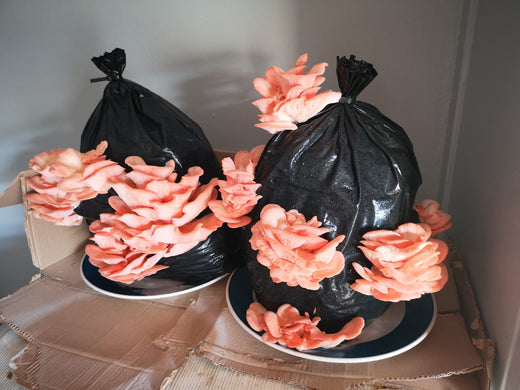
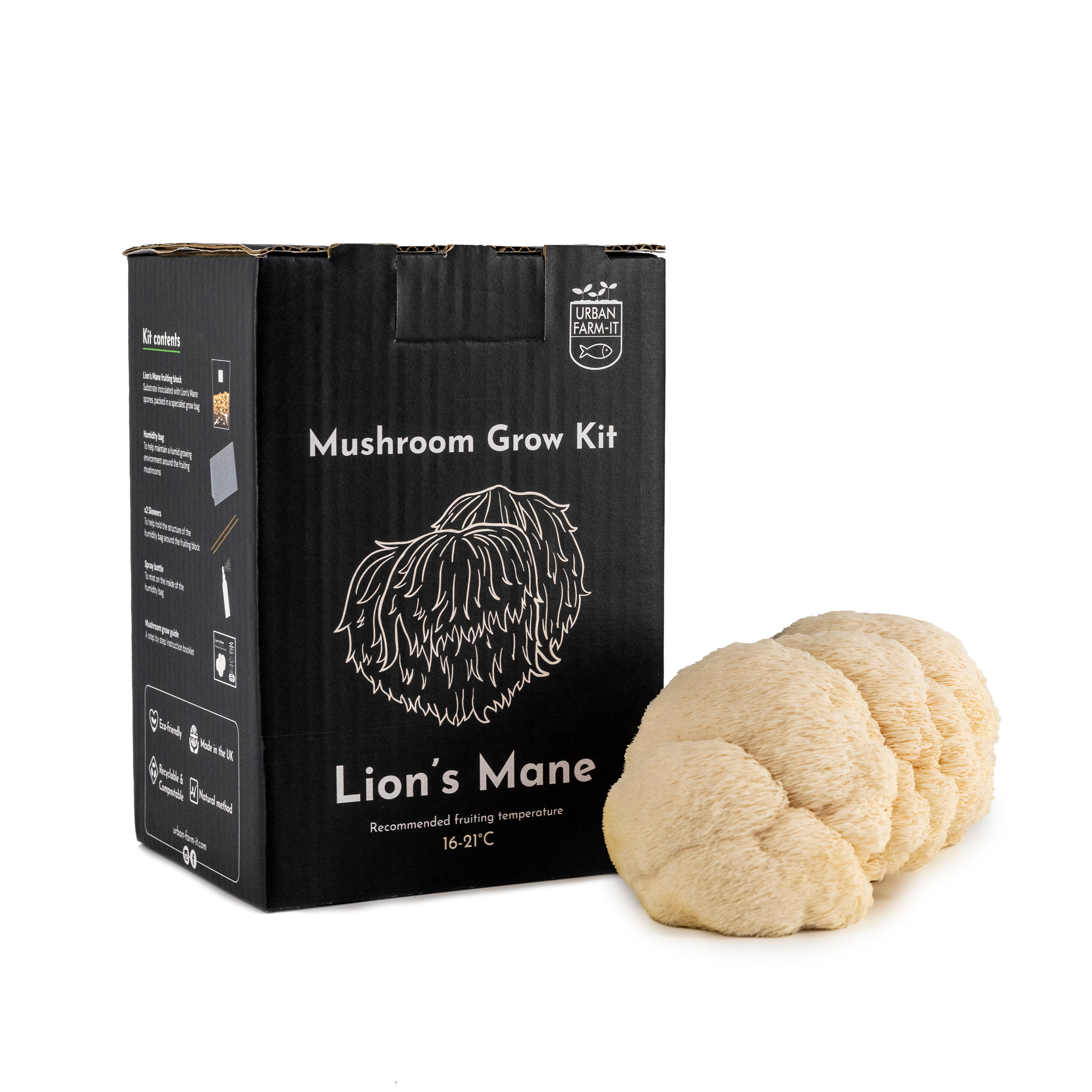
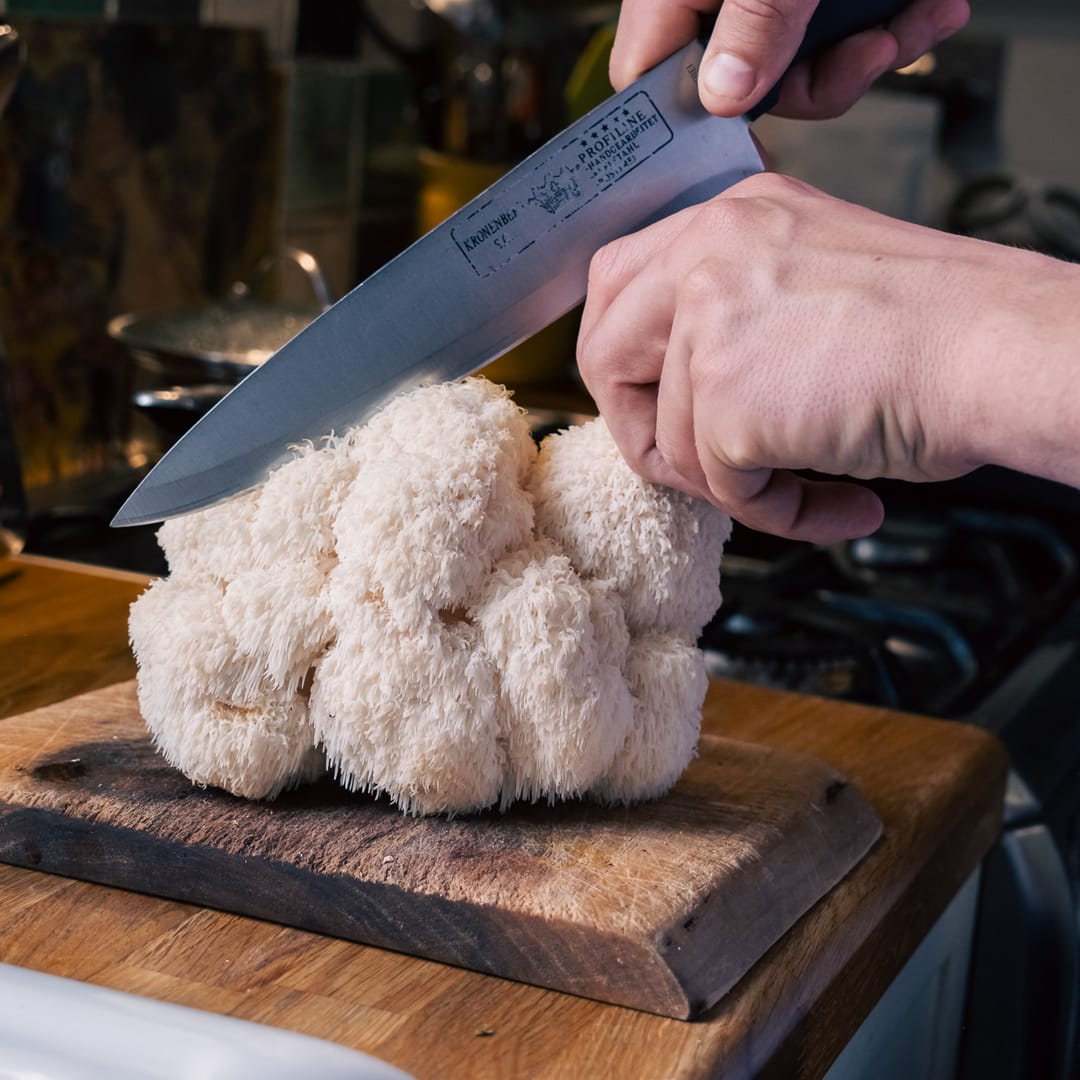

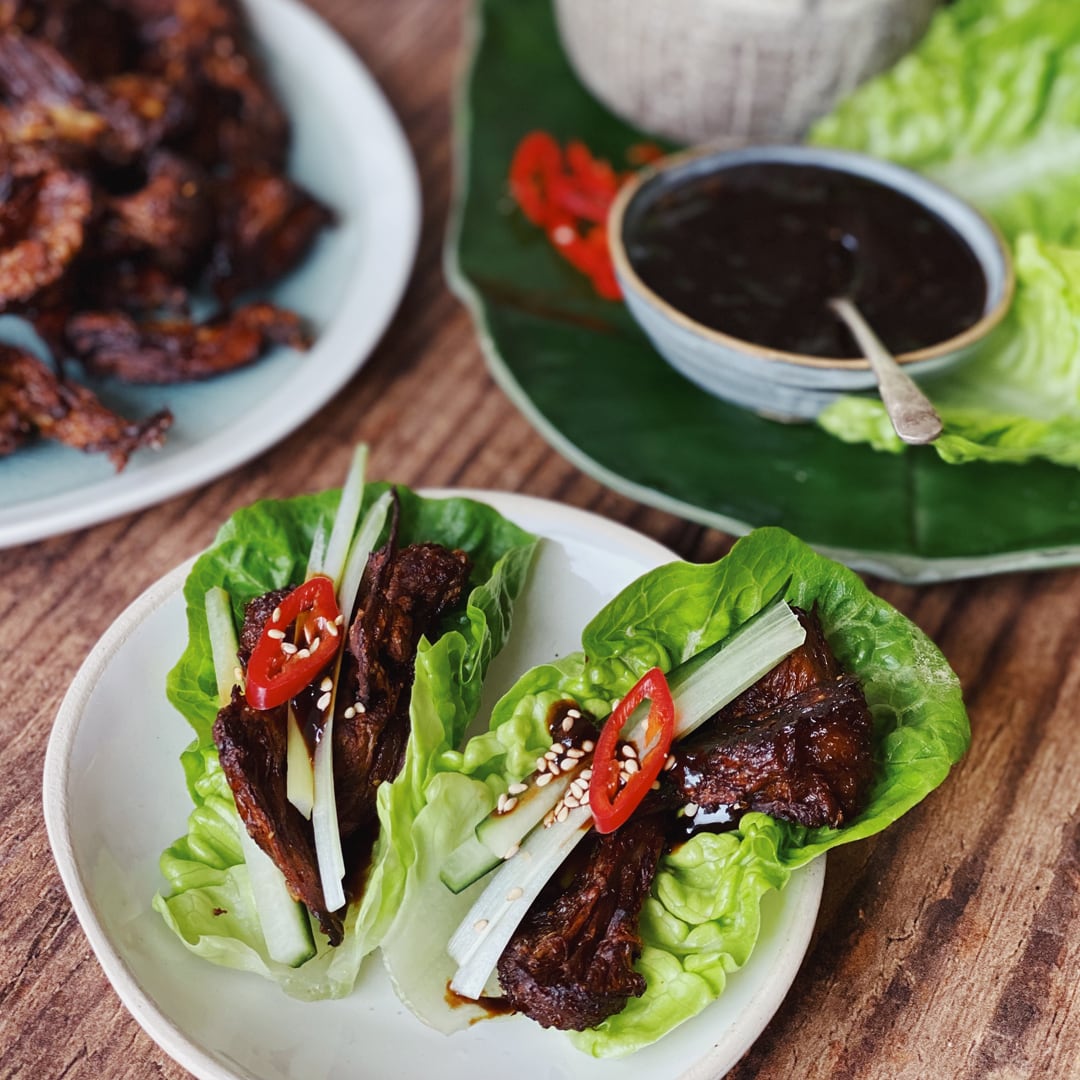
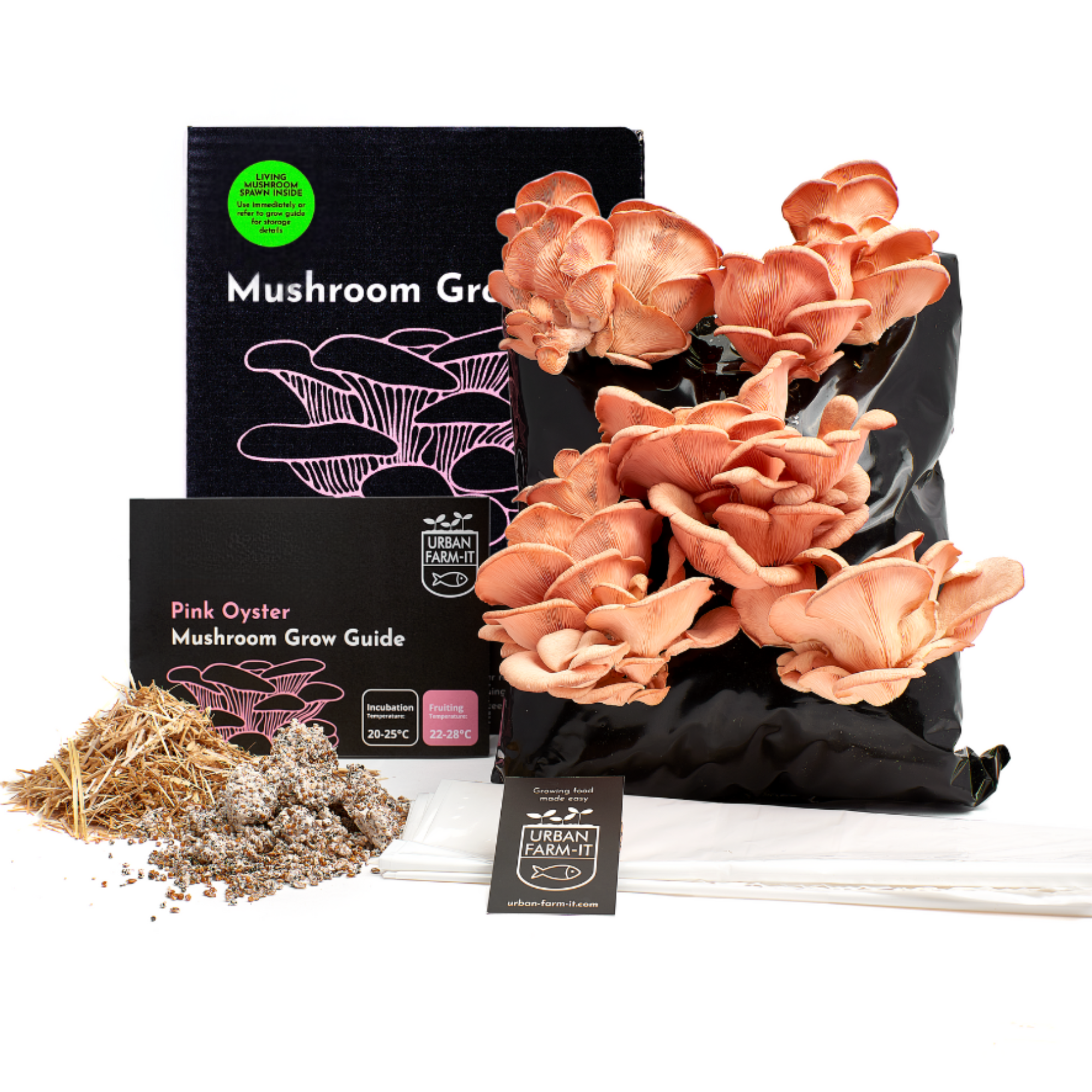
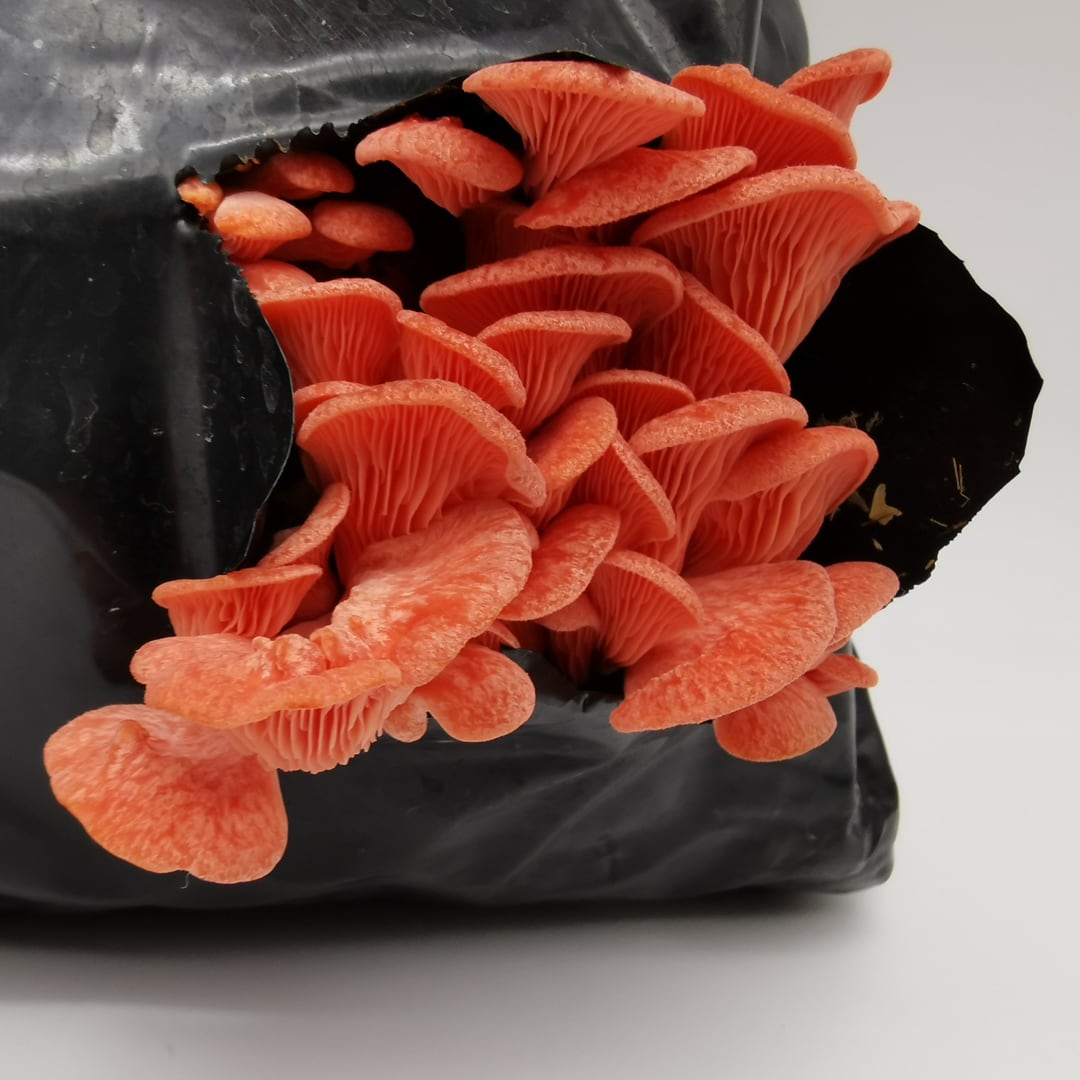
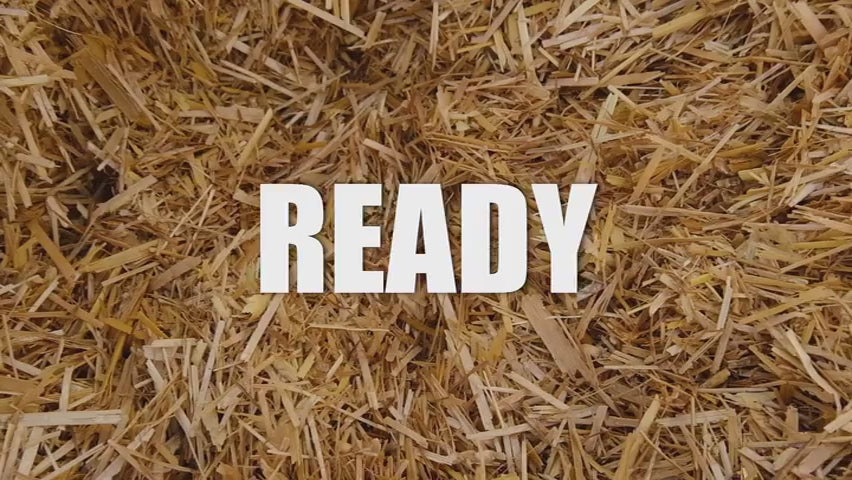
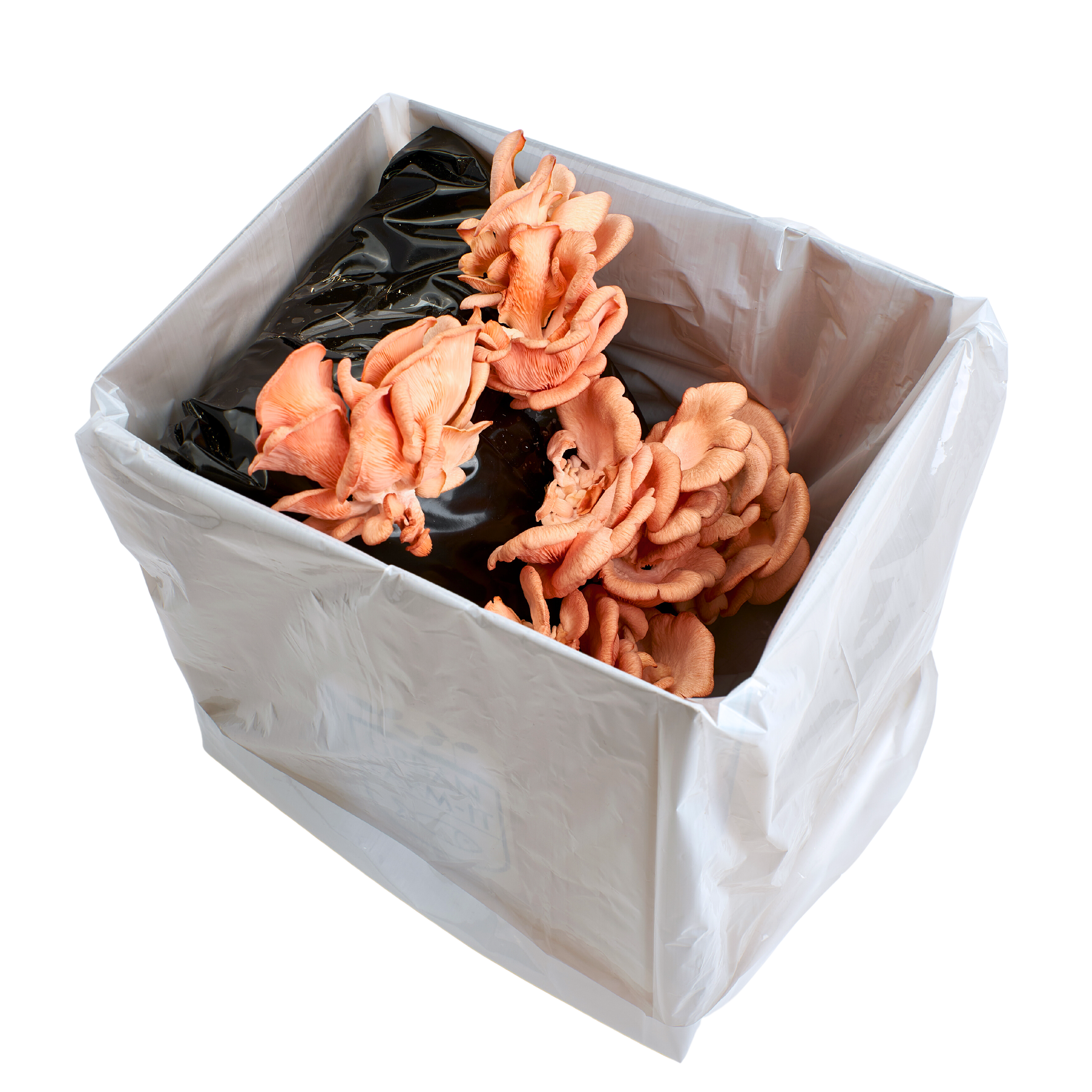
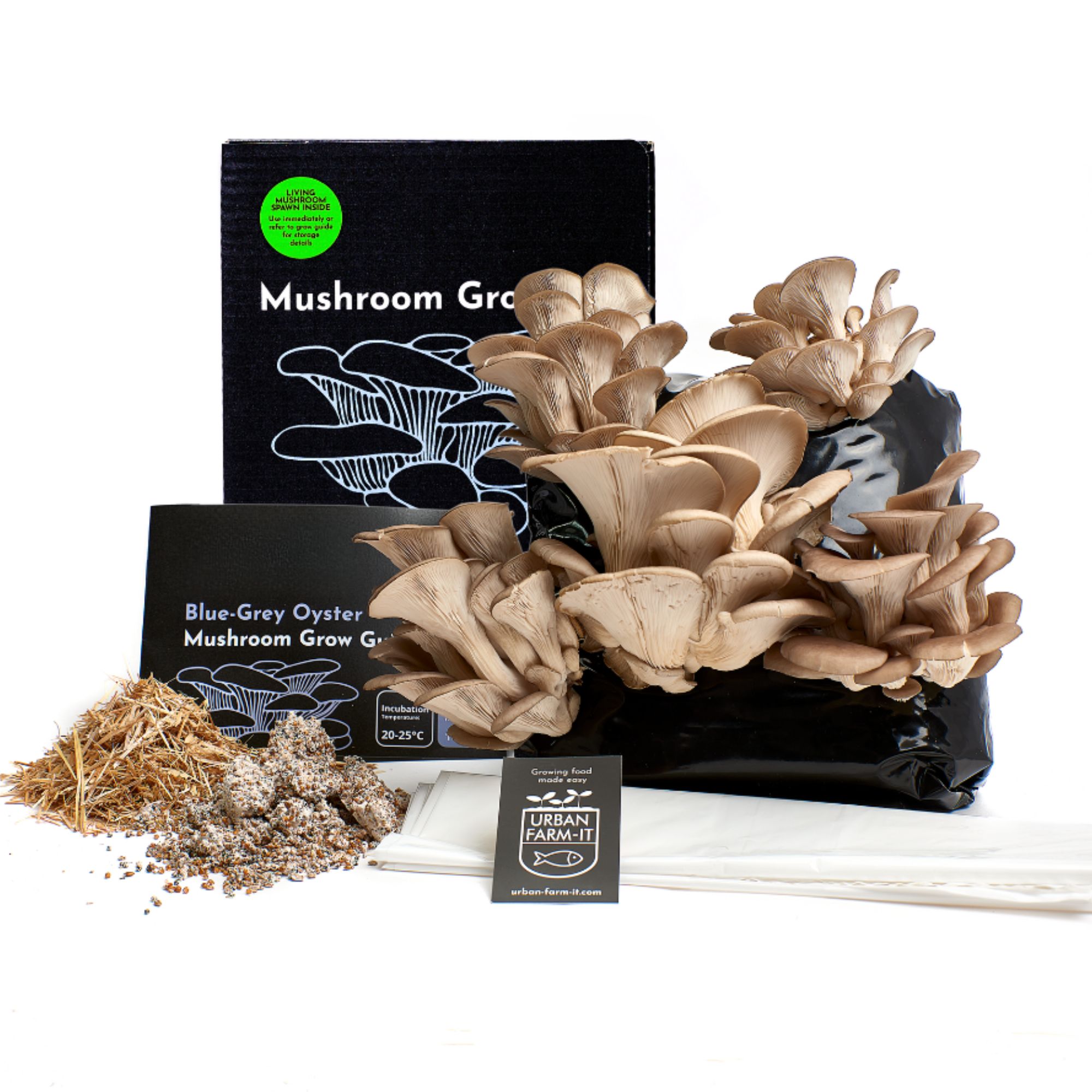
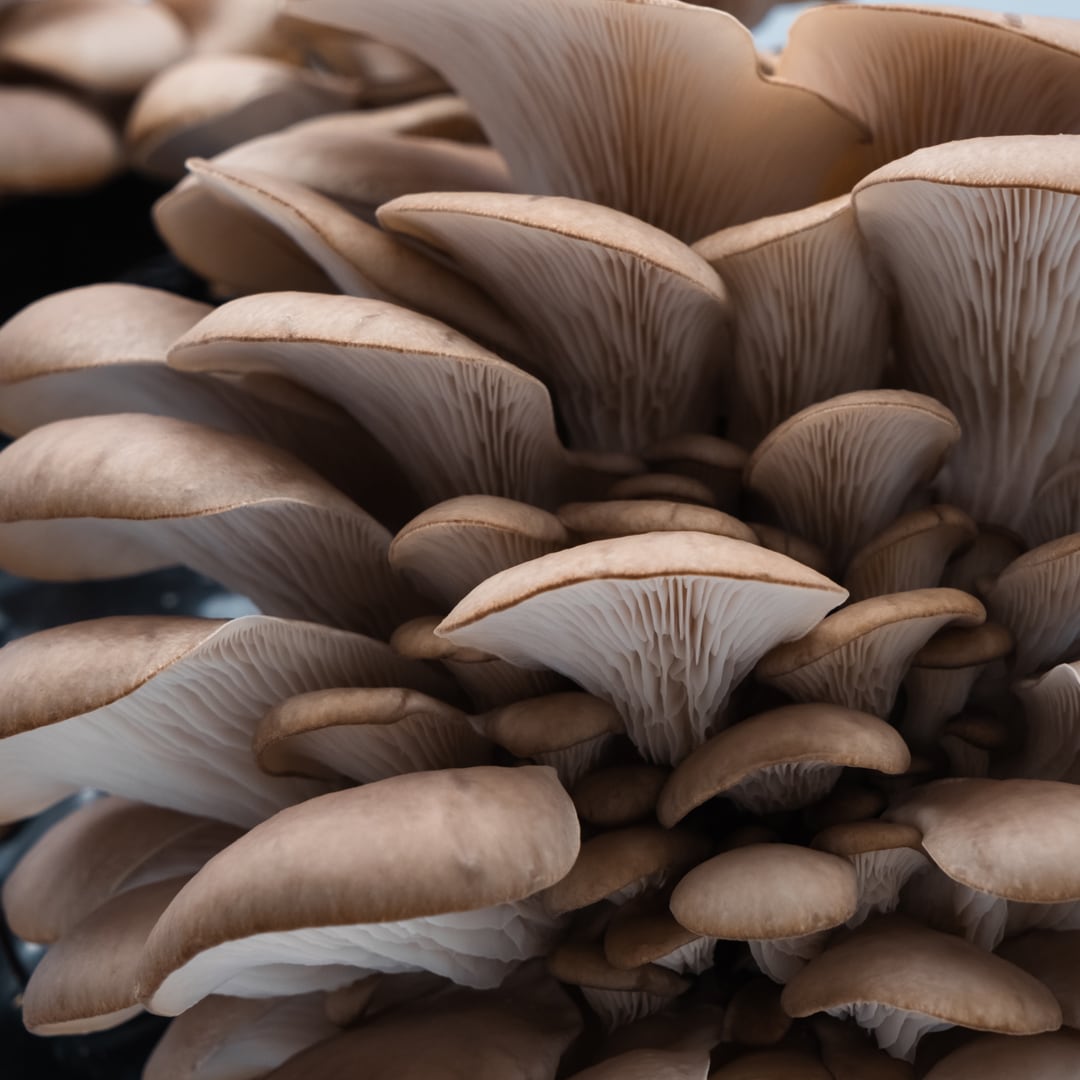
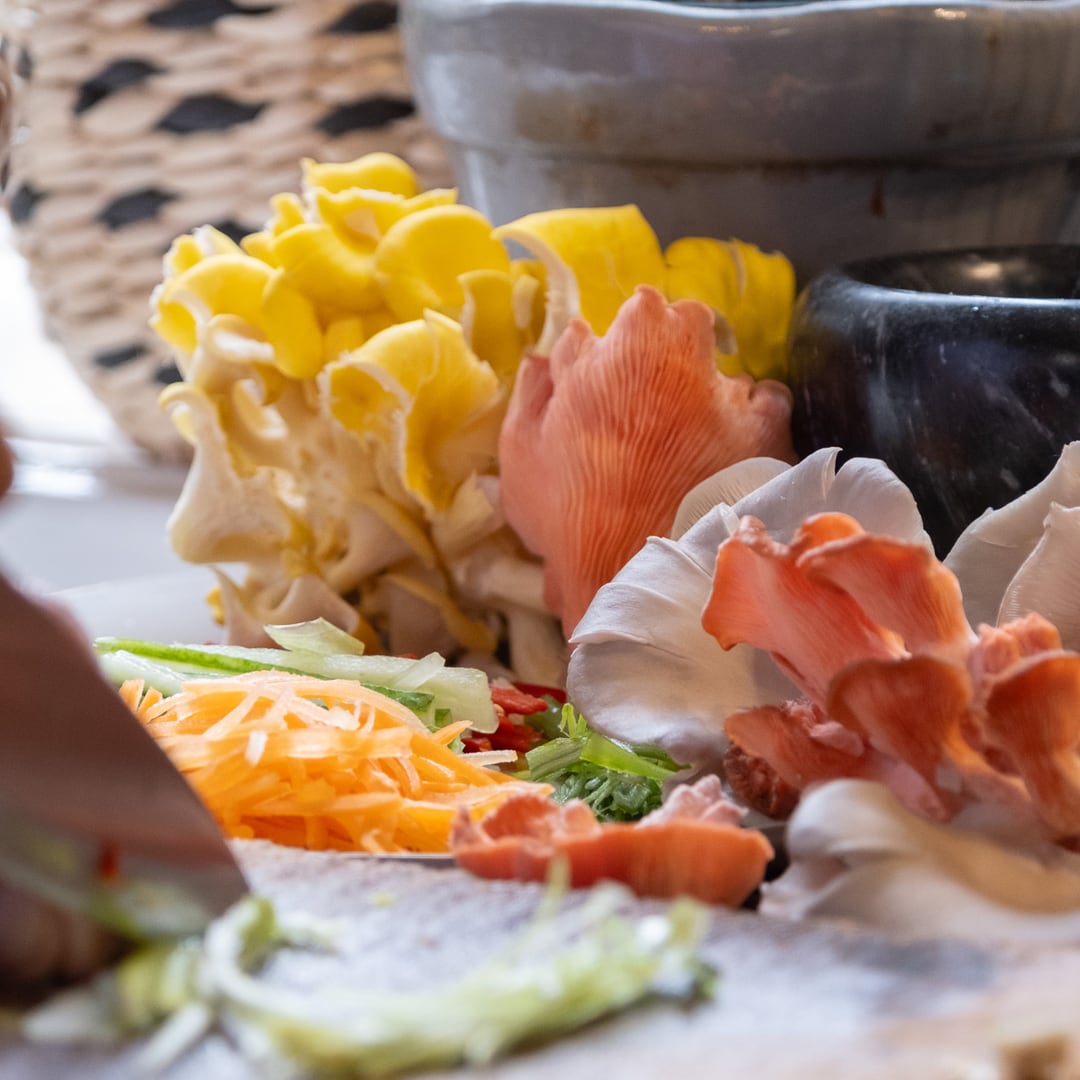
Share:
How to Grow Lion's Mane Mushrooms
Ultimate Guide to Mushroom Substrates